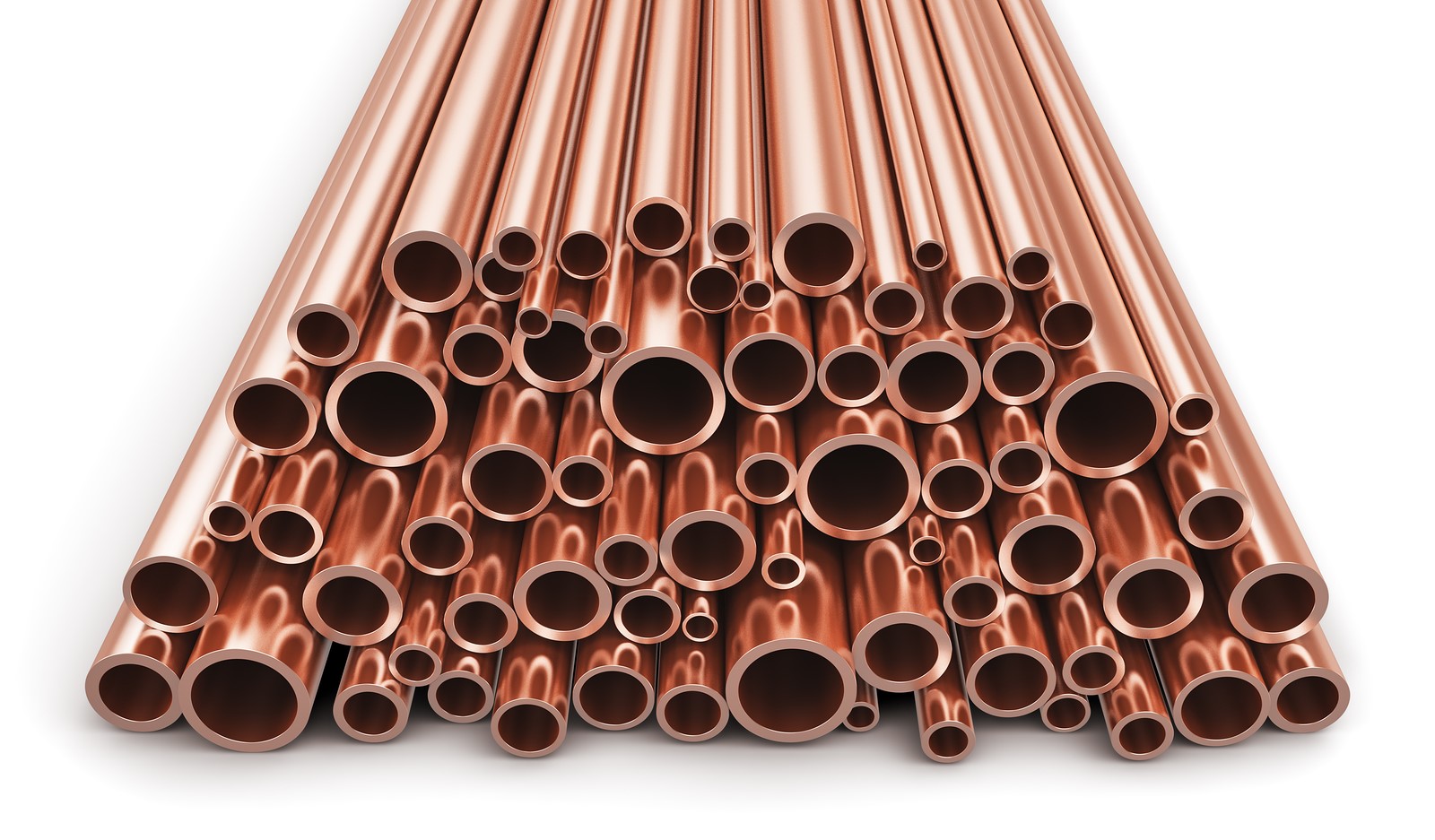Kitchen and bathroom faucets are often referred to as plumbing fixtures, but these are really fixture fittings. Other fittings on your plumbing system include valves, pressure control devices, hose bibcocks, and backflow preventers. For all these plumbing fixture fittings, brass has long been the preferred metal by builders, mostly due to the material’s durability and versatility in being machined into detailed parts.
Why Brass?
Brass, an alloy of copper and zinc, is one of the many different materials used in metal plumbing fittings today. Since equal proportions of copper and zinc make the pipe susceptible to corrosion, a brass tube for plumbing would ideally be made with 67 to 85 percent copper and 15 to 33 percent zinc. The best grade of brass pipes, also known as the red brass pipe, is made of 85 percent copper. Brass pipes will not be affected by water, unless the water contains ammonia or is soft.
Resistance to corrosion is another property which makes brass tubes the ideal material for plumbing fittings, especially in areas with a highly corrosive water supply. Brass fittings are best suited for distributing hot water in a household, due to the metal’s remarkable conductivity and ductility, which enable them to withstand high temperatures.
Brass doesn’t easily disintegrate or crack, and, once installed, it could retain its good condition for many years–even centuries, as seen from the performance of solid brass fittings of historic homes. Brass fittings also come in different shapes and sizes, making it easier for builders to use in plumbing installations based on precise specifications. Furthermore, particularly for exposed plumbing fittings, brass has high decorative value that homebuyers hold in high regard.
Is It Brass?
To know if your fixture fittings are made of brass, it’s often best to ask a builder. It could be difficult to identify solid brass fixture fittings, as they may be coated with other materials like chrome, plastic, or enamels. Most of the time, brass fixture fittings will have a distinctive bright golden color, while others may be given an antiqued look. Then again, some non-brass fixture fittings are coated to look like solid brass, so it’s best to seek help from experts with a good eye for metals.
Homeowners can be assured that their drinking water will not be affected by brass fixtures, as suppliers like Rotax Metals make sure they comply with federal standards for plumbing materials. These suppliers may not only be relied on to supply the finest quality brass tubing, but also other applications of this sought-after metal as well, such as brass square tube pieces, brass sheets, and many more.
Sources:
Why Your Builder Chose Solid Brass Plumbing Fixtures, Copper Development Association, Inc.
5 Benefits of Brass Plumbing Fittings, Do It Yourself
Using brass pipes for plumbing, Plumbing Basics


